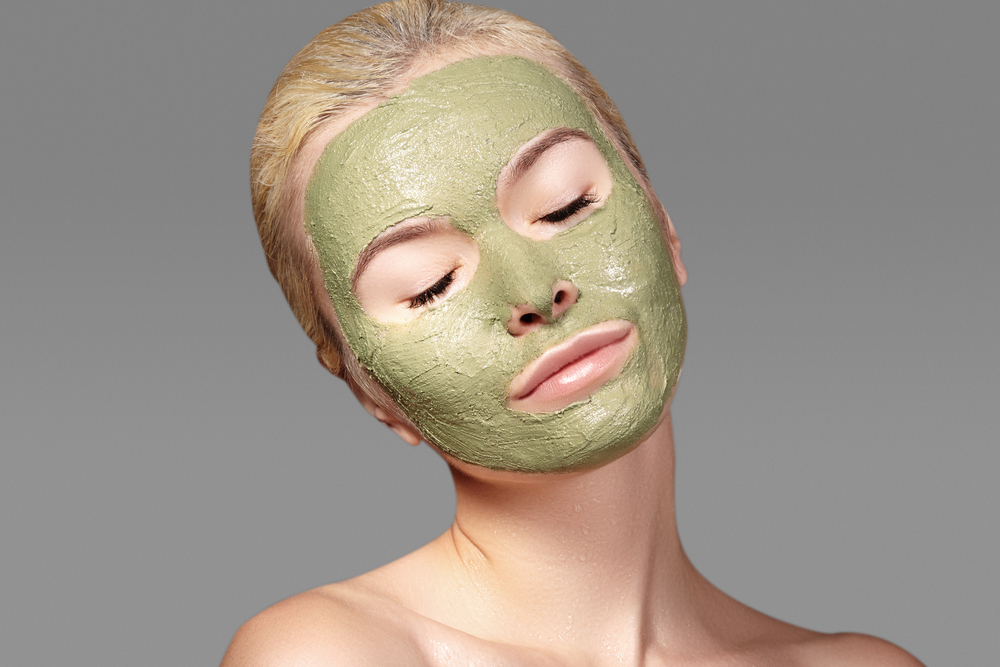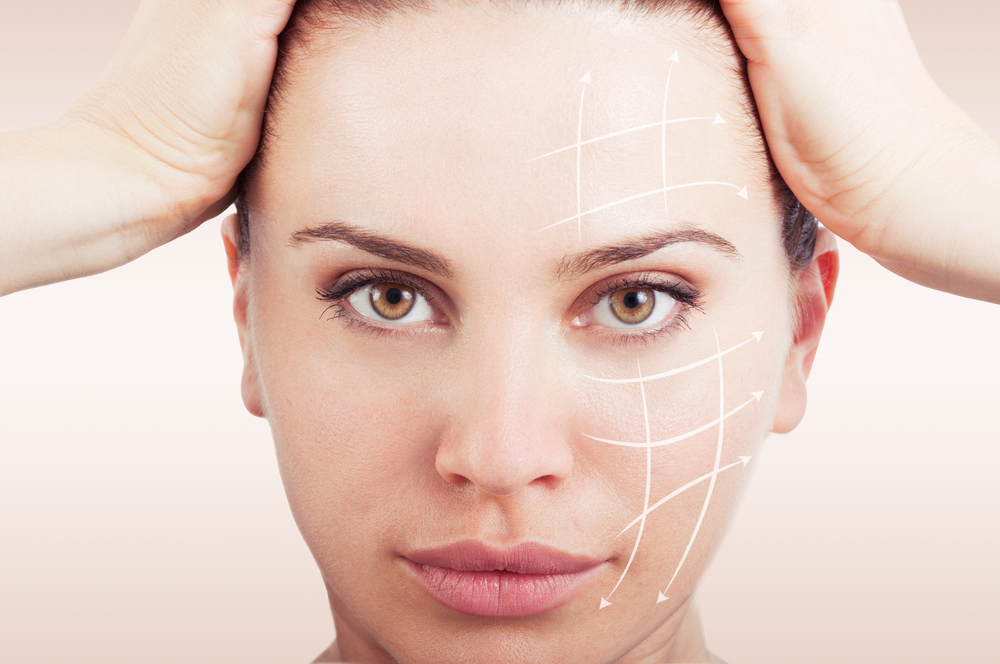- Hyperpigmentation can be caused by the sun, chronic skin conditions, and genetic factors.
- Dermamelan is a chemical peel that can improve your complexion.
- These melanin-inhibiting peels are suitable for all skin types.
- It is critical that you use the home maintenance cream as directed by your doctor.
Many people find that their complexion changes as they age. This is often due to changes in the way your body produces melanin, the pigment that gives your skin color.
Over the course of your life, a number of factors can affect the skin cells that produce melanin. For example, prolonged exposure to the sun can lead to hyperpigmentation, which manifests as dark spots on the skin.
Some people are genetically disposed to developing blotchy skin, whereas others develop chronic skin conditions such as melasma, which can result in brown spots or patches forming on the skin.
Dermamelan is an increasingly popular way to treat skin blemishes — and it’s easy to see why. The treatment provides good results and, because it is a non-surgical cosmetic treatment, the recovery process is quicker and less stressful than more invasive procedures.
Read on to get more insight into the Dermamelan depigmentation process and find out if it’s right for you.
What is Dermamelan Depigmentation?
Dermamelan is a chemical peel that is commonly used to remove melanin patches on the face. Its active ingredients are similar to those in the popular Cosmelan peel, but the concentration is higher.
Despite its potency, Dermamelan is considered to be a very safe treatment. The vast majority of people experience positive results, with few adverse side effects. It is also very versatile, and a good doctor will be able to adapt the treatment to help you get the best results for your unique needs.
“Dermamelan works to reduce pigmentation by blocking the tyrosinase enzyme, which is responsible for the production of pigmentation,” explains Shay Moinuddin, Aesthetic Nurse Specialist and Practice Manager at The Few Institute in Chicago. “It uses several key exfoliating acids, including azelaic, kojic, phytic, and ascorbic.”
When tyrosinase is blocked, the production of melanin is inhibited which prevents the body from transferring it to skin cells, thereby removing dark patches and improving the overall complexion of your skin. Meanwhile, the exfoliating acids allow the treatment to penetrate further into the skin and remove hyperpigmentation on a deeper level.
Are you a good candidate for Dermamelan treatment?
Unlike some other types of skin treatment, Dermamelan is safe and effective for all types of skin, making it a great option for just about anyone who wants to achieve a more even complexion.
Dermamelan is particularly popular among people with chronic skin conditions, but it can be used for a wide range of patients.
You might be a good candidate for Dermamelan if you have:
- Post-inflammatory hyperpigmentation: spots of discoloration associated with acne.
- Blotchy skin: uneven skin tone due to sun damage or genetic factors.
- Skin disorders: chronic conditions such as melasma (sometimes referred to as chloasma).
- Freckles: spots of red or brown on the skin caused by exposure to the sun.
- Sun damage: skin damage from prolonged exposure to harmful ultraviolet rays.
Although Dermamelan is generally considered to be a very safe form of treatment, there are some people who should avoid using it.
Dermamelan could be unsuitable for you if you:
- Are pregnant or breastfeeding.
- Have a skin disease.
- Have a viral, bacterial, or fungal infection.
- Have sunburned skin or live a lifestyle in which you receive a lot of sun exposure.
You will also need to advise your doctor during your initial consultation if you are currently on antibiotics or have used any skincare products or treatments in the past that contain glycolic acid.
What is the Dermamelan treatment process?
The treatment begins during your initial consultation, after which your doctor will provide you with some products and instructions to continue the treatment at home.
It is vital that you follow your doctor’s directions exactly as prescribed. Do not combine Dermamelan with other depigmentation treatments, as this can result in unpredictable complications.
After this initial period, you will return to your doctor, who might use a Vibraderm procedure to remove dead skin before applying the Dermamelan peel to your face.
“The peel involves an in-office mask application, which is typically left on the skin for up to 12 hours, followed by a strict at-home maintenance regimen,” says Moinuddin. “Results are typically noticed between two to eight weeks post procedure.”
You will need to keep the Dermamelan mask on for a minimum of six hours, but the exact length of time largely depends on your skin type. Generally speaking, people with lighter skin need to wear the mask for around eight hours, whereas those with darker skin typically need to wear it for ten or 12 hours.
After the prescribed period of time, you can wash the Dermamelan mask off at home. You will then begin applying the home-maintenance cream on a daily basis in accordance with your doctor’s instructions. You might need to do so for a year or longer depending on your skin’s needs.
Most people are able to achieve the results they want with a single treatment and ongoing home-maintenance care; however, in some situations, you might need another treatment about a month after the first procedure. Many doctors also recommend monthly follow-up visits to ensure you are responding well to the treatment.
What happens in the days after your Dermamelan peel?
In the days after the removal of your Dermamelan peel, you will probably notice a significant change in the way your skin looks and feels.
“There is a period of cosmetic recovery involved with the Dermamelan peel. Patients typically experience tenderness, redness, and peeling for several days to weeks post peel,” says Moinuddin.
These side effects usually fade within a week as your skin begins to heal itself with the aid of the Dermamelan home cream. You might find that some of the skin on your face begins to flake off during the initial recovery period. The severity of this flaking and peeling can vary from person to person, so it might be worth booking some time off work after the peel to gauge how your skin reacts to the treatment.
The peeling typically stops after about seven days as your skin adjusts to the treatment. Be sure to talk to your doctor if you are concerned about the flaking or if symptoms persist.
What can you do to support the healing process?
There are a number of things you can do to support your body’s natural healing process.
“It is critical to the healing process that the post-procedure maintenance creams are used as directed — typically twice per day for one month. It is also imperative that patients abstain from intense sun exposure for several weeks post procedure,” Moinuddin explains.
Your doctor might advise you to apply sunscreen to your face every day and recommend that you avoid certain skincare and makeup products during the treatment period. Get your doctor’s approval before using any product in conjunction with the treatment cream.
How quickly can you see results?
Results are rapid, and many patients see positive changes as early as one week after beginning Dermamelan treatment. You might notice that the dark patches of your skin start to appear lighter in color and your skin might begin to look fresher and generally more healthy.
As the treatment progresses, the unwanted pigmentation will continue to fade until it is no longer even visible. Because Dermamelan delivers results quickly, your doctor can usually tell within one month if you will need a secondary peel. For most people, this is not required.
What risks are involved with Dermamelan treatment?
Dermamelan is widely regarded to be a very safe form of treatment and the vast majority of people are able to use it without issue.
However, “as with any chemical peel, there are inherent risks when strong acids are applied to the face,” Moinuddin cautions. “The greatest risks are burns and post-inflammatory hyperpigmentation (PIH). It is crucial that patients receive this treatment in either a board-certified plastic surgeon’s or dermatologist’s office, by a trained clinician.”
Is it worth it?
In summary, Dermamelan is a generally safe and effective form of skin treatment that can be used to remove unwanted pigmentation, improve your complexion, and enhance your overall beauty.
Whether or not it is the right option for you depends on your unique needs, so be sure to book a consultation with an experienced doctor or dermatologist to find out more.









